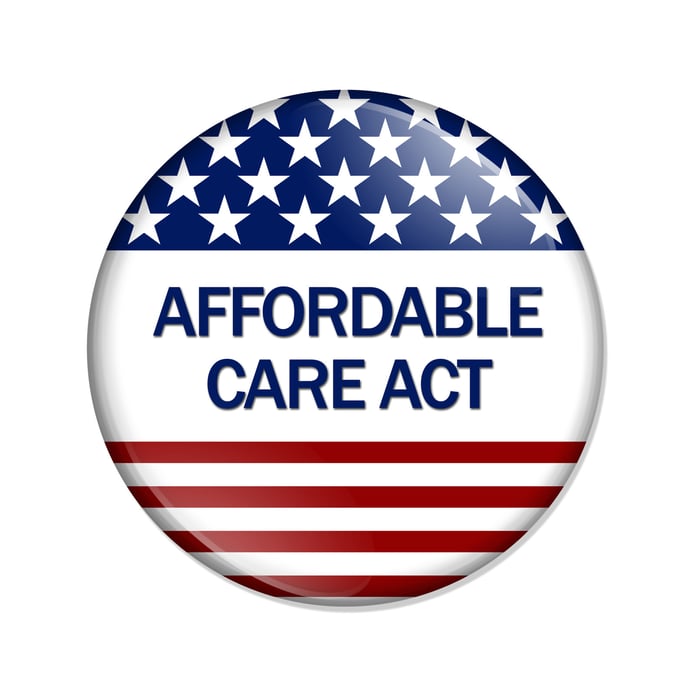Now that we have a year of the ACA under our belts, and employers are now beginning to deal with complying with the Employer Mandate, this is a good time to review the reporting requirements that are being borne by individuals and employers. While individuals have had a year to get used to their compliance requirements, employers are now entering unfamiliar territory.
 The individual mandate provisions of the Affordable Care Act (ACA) require that individuals either obtain minimum essential coverage during open enrollment and maintain that coverage throughout the year, or qualify for an exemption. Consequently, if an individual fails to meet these requirements, they will be subject to a tax penalty. Tax penalties were phased in over a three year period, starting in 2014, and they will continue to increase substantially through 2016. For 2017 and later years, the penalty will only be adjusted for inflation.
The individual mandate provisions of the Affordable Care Act (ACA) require that individuals either obtain minimum essential coverage during open enrollment and maintain that coverage throughout the year, or qualify for an exemption. Consequently, if an individual fails to meet these requirements, they will be subject to a tax penalty. Tax penalties were phased in over a three year period, starting in 2014, and they will continue to increase substantially through 2016. For 2017 and later years, the penalty will only be adjusted for inflation.
The total penalty for not having coverage in 2015, which is reported on the individual’s federal Form 1040, is calculated as the greater of:
- A flat dollar amount of $325 per adult plus $162.50 per child, up to a maximum of $975 per family, or
- 2% of family income in excess of the prior year filing threshold. For 2015 these amounts are $10,150 for individuals and $20,300 for couples who are married filing jointly.
Penalties, known as Shared Responsibility Payments, are calculated based on the number of months of the year in which an individual did not have coverage or an exemption to having coverage. Even if an individual has coverage for only one day of a month, they are considered to be covered and exempt from owing the payment for the entire month.
Related read: The Supreme Court Ruling on ACA Subsidies
The employer mandate portion of the ACA requires that applicable larger employers (ALE), offer healthcare coverage to their employees and dependents. An applicable large employer is one that has at least 50 full time employees, including full time equivalent employees, on average during the prior calendar year. ALEs are subject to the employer shared responsibility provisions as well as the employer information reporting provisions. Smaller employers that provide self-insured health coverage are also subject to the information reporting provisions.
Small employers offering self-insured health coverage should report certain information to both the IRS and individuals covered under their self-insured plan disclosing the coverage that they provided during 2015 on forms 1094-B and 1095-B. Forms are due to the IRS by February 29th if filed on paper and March 31st if filed electronically. A copy of the form must be provided to the covered employee by February 1st. The IRS will use these forms to enforce the individual mandate. Following is the information required to be reported on these forms:
- Name, address, and social security number of the individual covered under the employer’s plan and the months for which the individual had coverage for at least one day.
- Employer’s name, address, and employer identification number (EIN).
- Name, address, EIN, and phone number of the coverage provider.
ALEs are required to report certain information about health benefits offered to full time employees and enrollment in self-insured health coverage for all employees on Forms 1094-C and 1095-C. This information will be used by the IRS to enforce the employer shared responsibility provisions, which subjects ALEs to a penalty if they do not offer minimum essential coverage to all full time employees and their dependents or offers coverage that is not affordable. Additionally information will be used to identify individuals ineligible for the premium tax credit and determine if an individual is enrolled in employer sponsored coverage, making them not subject to the individual shared responsibility payment. Due dates for these forms are the same as listed above for small employers. Following is the information required to be reported on these forms:
- All ALE’s names, addresses, EINs, and phone numbers
- Information as to whether the employer offered its full time employees and dependents the opportunity to enroll in at least minimum essential coverage.
- Months during the calendar year for which minimum essential coverage was available
- Each full time employee’s share of the lowest cost monthly premium for coverage providing minimum value offered to that employee under and eligible employer sponsored plan
- Number of full time employees for each month of the calendar year
- Name, address, and social security number of each full time employee during the calendar year and the months during which the employee was covered.
In addition to Employer Shared Responsibility payments that may be owed by ALEs if they did not comply with the rules regarding health coverage, employers will be subject to information reporting penalties if they fail to file information return or provided incorrect information on ones that were filed. As one can see, the consequences for not complying with the rules of the ACA can be considerable, both for individuals and businesses. This is a minefield you do not want to traverse alone!
If you have questions about either the individual mandate or the employer mandate of the ACA, please contact me at dalger@zinnerco.com or one of the tax professionals at 216-831-0733. We're ready to start the conversation. 




